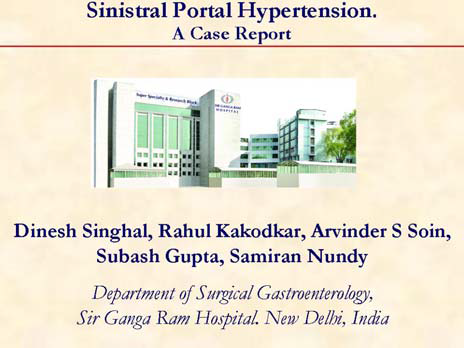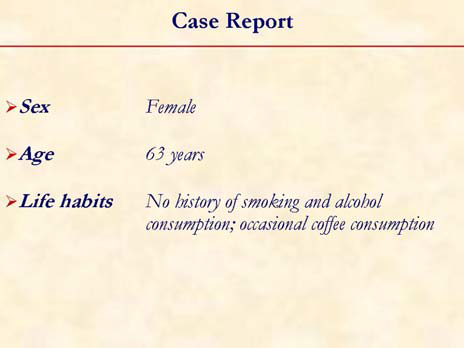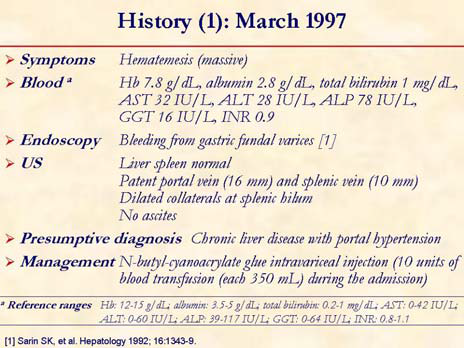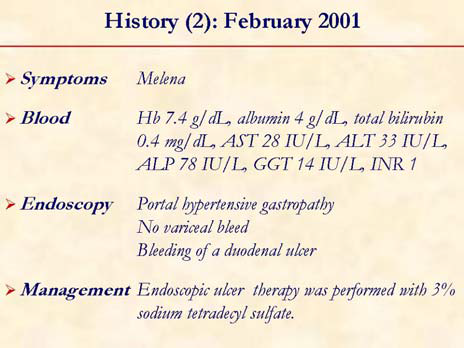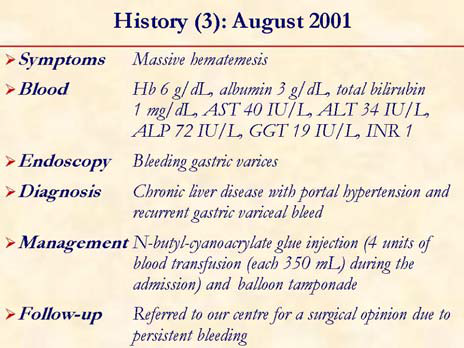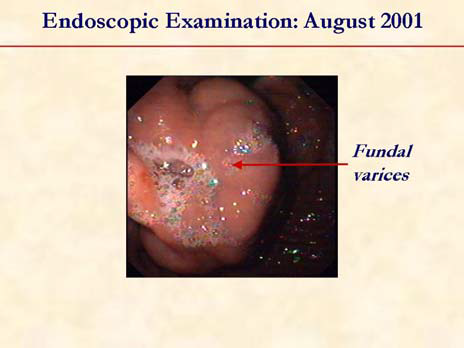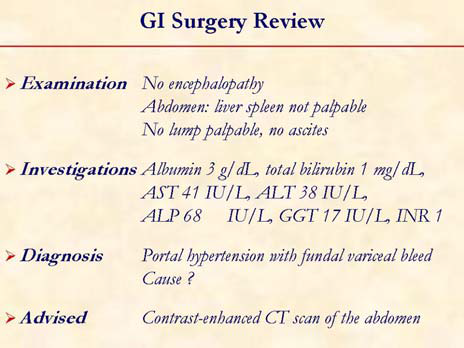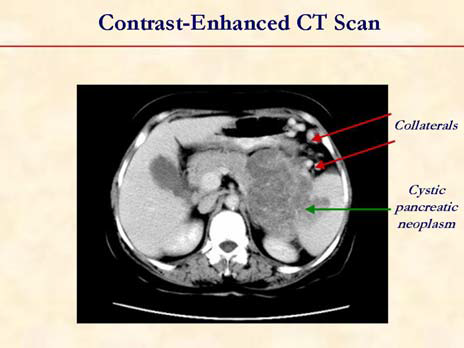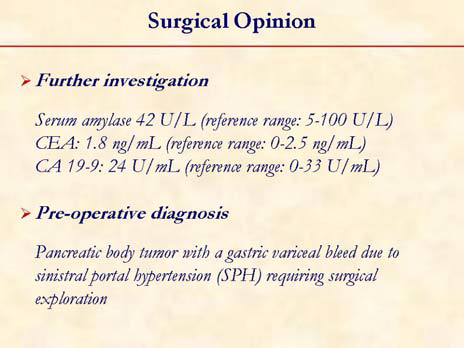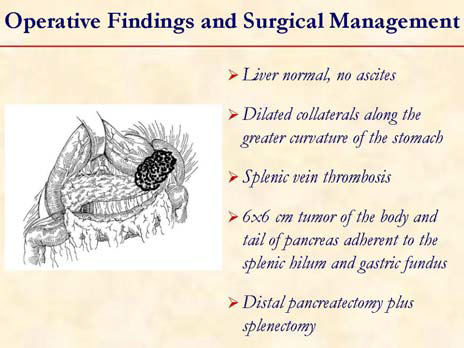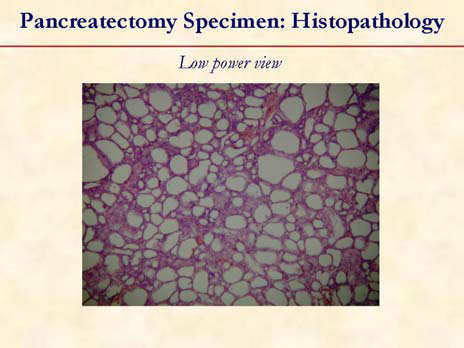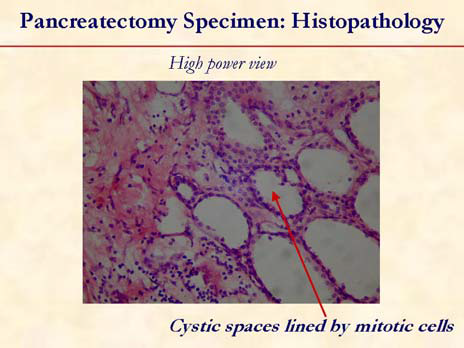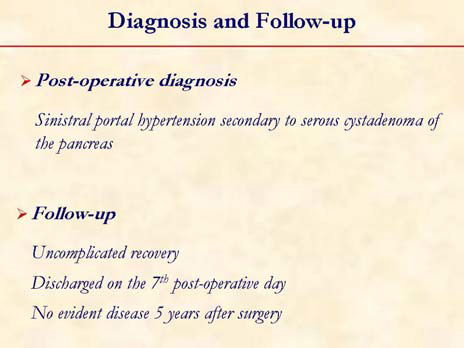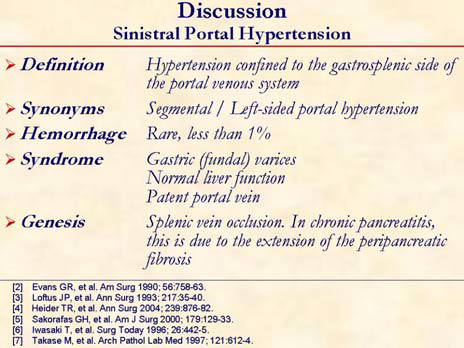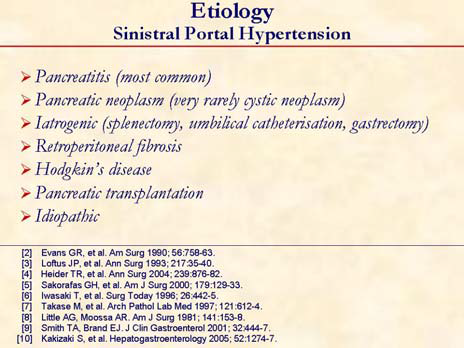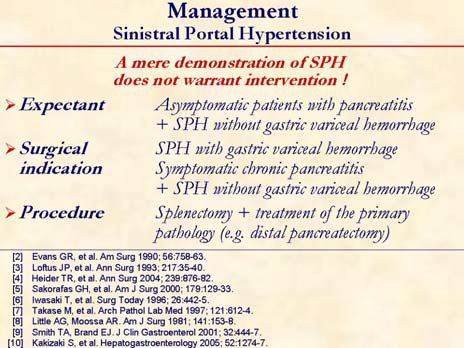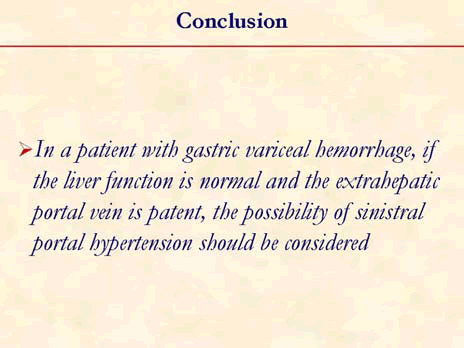- (2006) Volume 7, Issue 6
Dinesh Singhal, Rahul Kakodkar, Arvinder S Soin, Subash Gupta, Samiran Nundy*
Department of Surgical Gastroenterology, Sir Ganga Ram Hospital. New Delhi, India
Received August 25th, 2006 - Accepted September 12th, 2006
Sinistral portal hypertension is a clinical syndrome of gastric variceal hemorrhage in the setting of splenic vein thrombosis due to a primary pancreatic pathology. The distinguishing features from other forms of portal hypertension are preserved liver function and a patent extrahepatic portal vein. The important causes include acute and chronic pancreatitis, pancreatic pseudocysts and pancreatic carcinomas. Benign pancreatic neoplasms only rarely cause sinistral portal hypertension. Splenic vein thrombosis complicates 7-20% of patients having pancreatitis or a pancreatic pseudocyst; however, bleeding occurs in only approximately 5% of patients. The diagnosis of sinistral portal hypertension is achieved by a combination of gastroscopy, liver function tests, ultrasound examination (with Doppler) and/or contrast-enhanced CT scan of the abdomen.A mere demonstration of sinistral portal hypertension does not warrant intervention. An expectant management is justifiable in asymptomatic patients with pancreatitis. However, concomitant splenectomy may be considered in patients undergoing operative treatment of symptomatic chronic pancreatitis if sinistral portal hypertension and gastroesophageal varices are present. In patients presenting with gastric variceal hemorrhage, splenectomy (with treatment for the primary pancreatic pathology, e.g. distal pancreatectomy) is curative with excellent long term results.
Cystadenoma, Serous; Esophageal and Gastric Varices; Splenectomy; Splenic Vein; Thrombosis
SPH: sinistral portal hypertension
Sinistral portal hypertension is a clinical syndrome of gastric variceal hemorrhage in the setting of splenic vein thrombosis due to a primary pancreatic pathology. The distinguishing features from other forms of portal hypertension are preserved liver function and a patent extrahepatic portal vein. The important causes include acute and chronic pancreatitis, pancreatic pseudocysts and pancreatic carcinomas. Benign pancreatic neoplasms only rarely cause sinistral portal hypertension. Splenic vein thrombosis complicates 7-20% of patients having pancreatitis or a pancreatic pseudocyst; however, bleeding occurs in only approximately 5% of patients.
The diagnosis of sinistral portal hypertension is achieved by a combination of gastroscopy, liver function tests, ultrasound examination (with Doppler) and/or contrast-enhanced CT scan of the abdomen.
A mere demonstration of sinistral portal hypertension does not warrant intervention. An expectant management is justifiable in asymptomatic patients with pancreatitis. However, concomitant splenectomy may be considered in patients undergoing operative treatment of symptomatic chronic pancreatitis if sinistral portal hypertension and gastroesophageal varices are present.
In patients presenting with gastric variceal hemorrhage, splenectomy (with treatment for the primary pancreatic pathology, e.g. distal pancreatectomy) is curative with excellent long term results.
